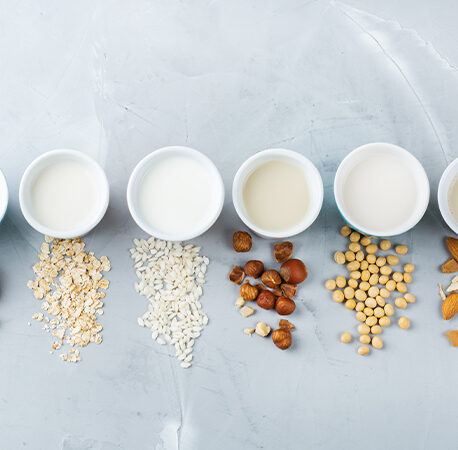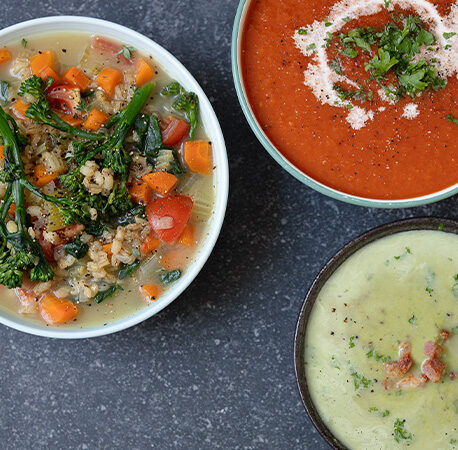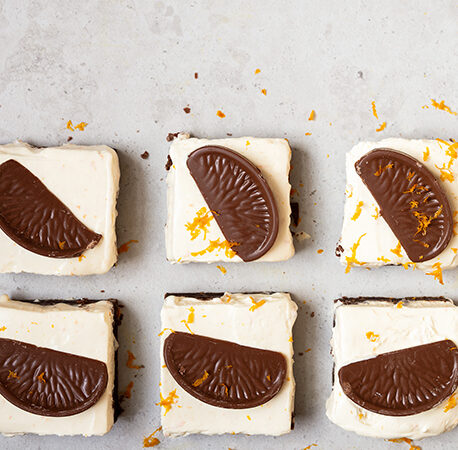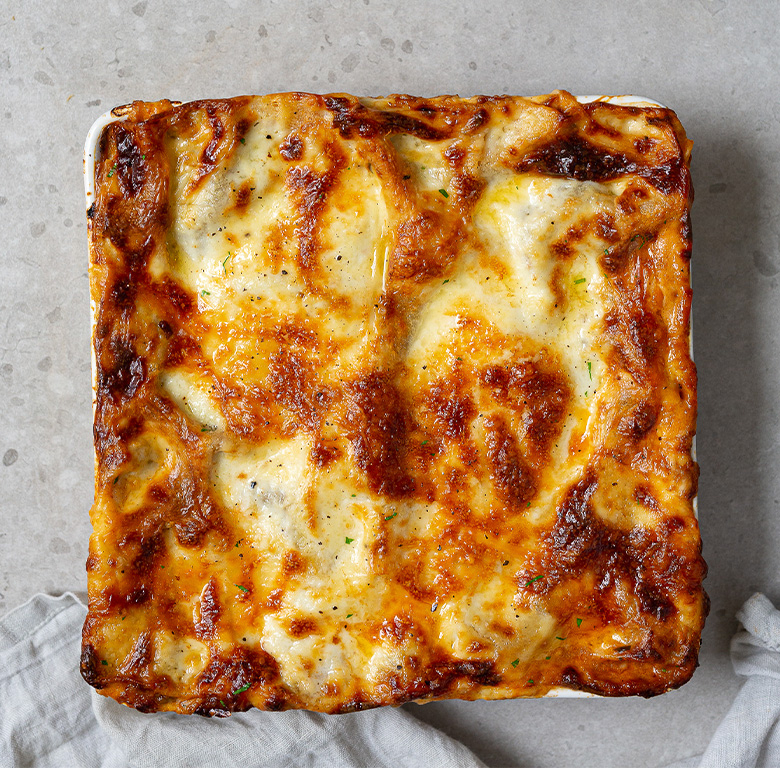Louise Cunnane of Breifne College, Co. Cavan, shares a masterclass on cooking with lamb..
Lamb is a delicious, versatile and naturally tender meat. While many may consider lamb to be a Sunday meal, there is no reason why lamb cannot be enjoyed any night of the week. Whether you’re preparing a quick meal or entertaining for friends, the sweet distinctive flavour of lamb makes it a perfect base for delicious meals.
What is lamb?
Lamb is meat from a sheep less than one-year-old.
Spring lamb is approximately five months old and is in season for a few weeks around Easter. After this time, it is referred to simply as lamb.
After Christmas until the following Easter, it is referred to as hogget.
Mutton is two years old.
Cooking with lamb
• Fresh lamb meat should be pink to pale red in colour with firm, white fat. The fat will keep the meat moist during cooking and contributes to the flavour.
• Every part of the lamb can be roasted, from the shoulder to the leg. Lamb is easy to cook and can be pan-fried, grilled, barbecued, stewed or roasted.
• The neck, shoulders and shank are all best when slow cooked, as these cuts are tougher and benefit from long, low cooking to tenderise them.
• The shoulder is less expensive than the loin or leg and is delicious when slow roasted. It may be slightly more difficult to carve, but the presence of bone in the shoulder imparts more flavour to the meat.
• The leg can be roasted whole or cut into two joints.
• For best results, let the lamb come to room temperature before cooking. If lamb enters the oven straight from the fridge into a hot oven, it will lengthen the cooking time and can lead to the lamb being unevenly cooked.
• When roasting lamb, allow 20-25 minutes per ½kg (1lb).
• It is important to allow lamb to rest after cooking. This time allows the muscle fibres to relax and the juice that has come to the surface of the meat during cooking will begin to return to the centre. If lamb is cut as soon as it comes out of the oven, the juices will pool onto the cutting board resulting in a drier cut of meat. Allow lamb to rest for at least 15 minutes after removing it from the oven. Cover the joint with aluminium foil while resting.
Flavouring lamb
• Lamb can hold its own against bold flavours, such as rosemary, mint, basil, coriander, sage and thyme work well with lamb. It also goes with garlic, mustard and even anchovies.
• For a more intense flavour, make incisions in the surface of the meat and push slivers of your chosen herb into the sits. This can be done before you begin roasting or even the day before.
• Don’t salt the lamb until just before roasting, as salt can draw moisture from the meat and render it tough.






You have to be signed in to comment this post.